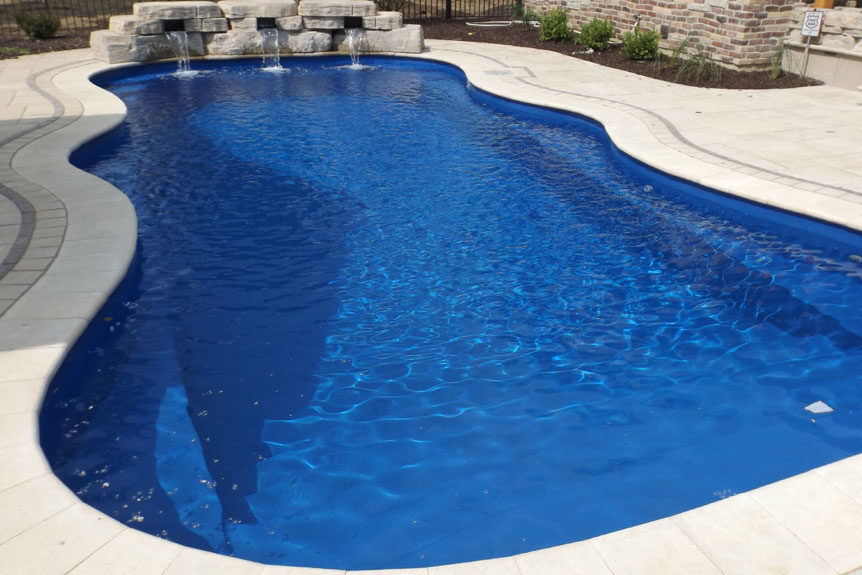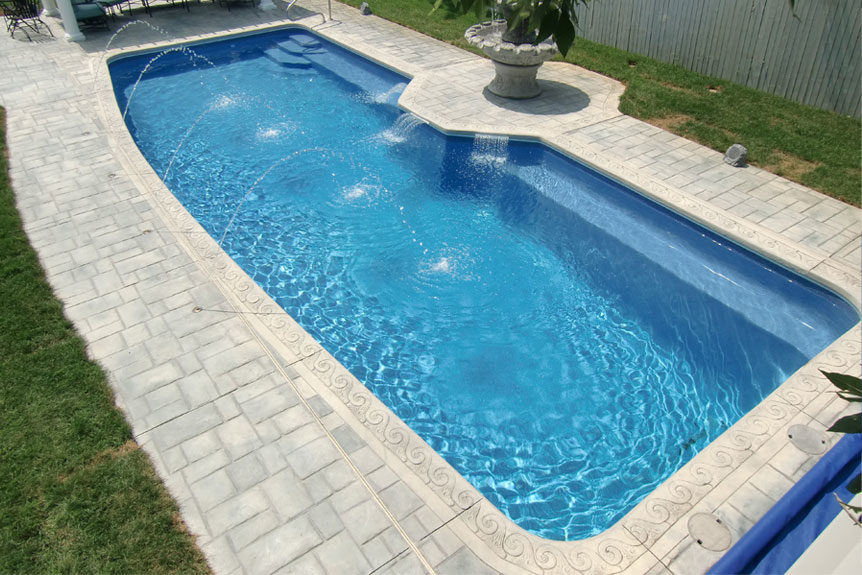Pools and Waterparks
In the late 1940s, Pascal Paddock, one of the forefathers of the modern day pool industry, invented the first fiberglass pool, which was sold in four pieces. The Paddock fiberglass pool laid the foundation for the one-piece fiberglass pool that would debut in the 1950s. As fiberglass became more mainstream in the following decades, the pool industry continued to evolve as well, including the introduction of the first pools built with raised bond beams, spillover spas and vanishing edges in the 1990s. Today, the fastest growing segment of the swimming pool industry in America and Canada is in the fiberglass swimming pool structure. Many other countries have seen the fiberglass swimming pool become the number one choice for residential construction with 55 percent of the market shifting to fiberglass.
Properties and Benefits
- Lower cost of ownership
- Easily repaired onsite
- Ability to resist algae growth
- Better insulation
- Quick construction
- Corrosion resistance
- Non-slip texturing
- Easier to clean and maintain
- More environmentally friendly
- UV resistance
- High strength and design flexibility
- Dimensional stability
Applications and Products
- In-ground residential pools
- Public pools
- Olympic pools
- Diving boards
- Starting blocks for races
- Water slide stairs and towers
- Decking
- Walkways
Case Studies
Going to the Glass
In 2016, fiberglass accounted for 8 percent of in-ground residential pool sales, according to P.K. Data. In 2015 that market share rose to 16 percent. Find out why products from companies like Sun Pools have seen increased demand.
Waterpark of America
The Waterpark of America in Bloomington, Minn., needed several platforms and stair towers that would be exposed constantly to chlorinated water. Officials used Strongwell’s DURADEK® pultruded fiberglass grating to keep the park attractive while limiting the need for constant maintenance. Learn More



